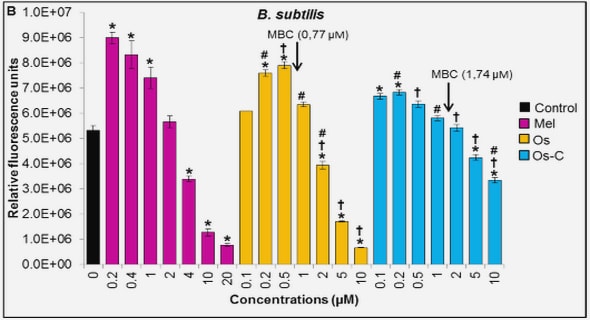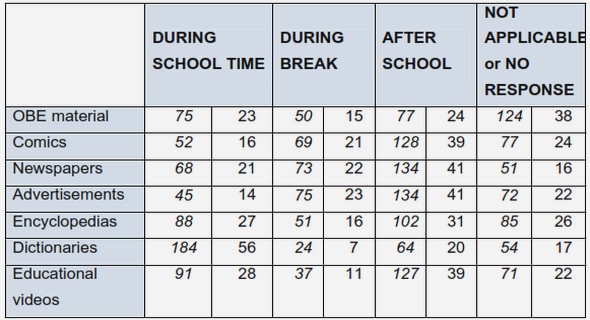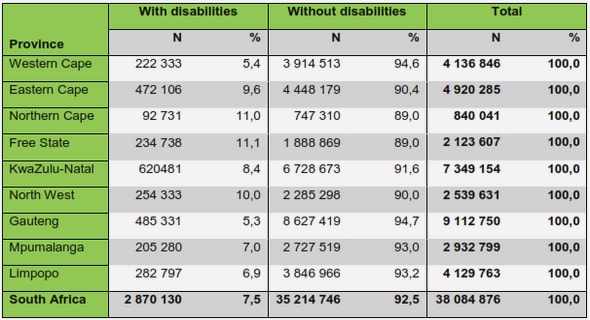Get Complete Project Material File(s) Now! »
Scaffolding for Finite Support Product
Recall that the product of two proper forcing is not necessarily proper, even it may not preserve ω1. The situation is totally different for strongly proper forcings. The following is easy to prove.
Lemma 2.1.5. Assume that P and Q are forcing notions in Hθ belonging to some M Hθ. Suppose that (p, q) 2 P Q. Then (p, q) is (M, P Q)-strongly generic if and only if p is (M, P)-strongly generic and q is (M,Q)-strongly generic.
It thus follows that every finite product of C-strongly proper forcings is C-strongly proper, but it is easily seen that the finite support infinite product of C-strongly proper forcings is not necessarily C-strongly proper. Now, if we think of a finite support product of forcings P = Πi∈IPi, where I is an infinite set, as a forcing which attempts to add generics for every finite subproduct of P, then using a scaffoldinglike construction we can roughly say that the finite support product of C-strongly proper forcings is C-strongly proper. In fact, we build a scaffolding poset suitable for the finite support product so that in generic extensions it adds generics, for every finite product of forcings in hPα : α < κi, over the ground model while enjoying nice properties of the extension such as preservation of ω1 and the ω1-approximation property.
Virtual Models in Vλ
We are now about to restrict ourselves to a particular suitable structure. Let us fix an inaccessible cardinal κ, and a cardinal λ > κ such that Vλ satisfies ZFC. From now on, we shall write E instead of EVλ and next(α) instead of nextVλ(α) in this chapter and elsewhere in this manuscript, whenever it is clear form the context. For each α 2 E, we shall define certain families Cα,Uα 2 Vλ, as well as relations 2α and =α, and the projection operation M 7! M α. These families, relations and operations will be defined by a Σ1-formula with parameter Vα. If A is another suitable structure and α 2 EA we can interpret these formulas in A and obtain families C A α ,U A α , and we can interpret the relations 2α, =α and the projection map M 7! M α inside 44 3.2. Virtual Models in Vλ A. We shall only consider suitable A such that the interpretation of the constant symbol c is κ and A Vλ. Note that if we have such an A and α 2 EA \ E with Aα = Vα then C A α Cα, and U A α Uα. Moreover, if A j= M 2α M′ then M 2α M′, and similarly for =α. Definition 3.2.1. Suppose α 2 E. We let Aα denote the set of all suitable structures A that are elementary extensions of Vα and have the same cardinality as Vα. Note that if A 2 Aα and α 2 A then EA \ α = E \ α. If A 2 Aα we will refer to Vα as the standard part of A. Note that if A has nonstandard elements then α 2 EA. Definition 3.2.2. Suppose α 2 E. We let Vα denote the collection of all submodels M of Vλ of size less than κ such that, if we let A = Hull(M, Vα), then A 2 Aα and M is an elementary submodel of A.
Pure Side Conditions without Decorations
We start with the definition of an α-chain.
Definition 4.1.1. Let α 2 E and let M be a subset of U [ C . We say M is an α-chain if for all distinct M,N 2 M, either M 2α N or N 2α M, or there is a P 2M such that either M 2α P 2α N or N 2α P 2α M. The following proposition demonstrates that our intuitive comprehension of finite α-chains is similar to the ordinary 2-chains.
Proposition 4.1.2. Suppose α 2 E and M is a finite subset of U [ C . Then M is an α-chain if and only if there is an enumeration hMi : i < ni of M such that M0 2α M1 2α 2α Mn−1.
Proof. Suppose firstMis an α-chain. Define the relation < onMby letting M < N iff κM < κN. It is straightforward to see that < is a total ordering on M. We can then let hMi : i < ni be the <-increasing enumeration of M. Conversely, suppose hMi : i < ni is the enumeration such that M0 2α M1 2α 2α Mn−1. Let i < j < n. If j = i+1 then Mi 2α Mj . Suppose j > i+1. If Mj is a Magidor model or if there are no Magidor models between Mi and Mj by Proposition 3.2.21 we conclude that Mi 2α Mj . Otherwise let k < j be the largest index such that Mk is a Magidor model. Then again by Proposition 3.2.21, we conclude thatMi 2α Mk 2α Mj . 4.1.2
Table of contents :
Introduction
1 Preliminaries
1.1 Approachability Ideal
1.2 Models and Approximation Property
1.3 Strong Properness
1.4 Forcing Axioms
1.5 Large Cardinals
2 Warm-up
2.1 Scaffolding Posets
3 The Theory of Virtual Models
3.1 General Virtual Models
3.2 Virtual Models in Vλ
4 Forcing with Virtual Models of Two Types
4.1 Pure Side Conditions without Decorations
4.2 Pure Side Conditions with Decorations
4.3 Adding CLUBs
4.4 Quotients
5 Iteration and Forcing Axiom
5.1 Virtual Model Based Iteration
5.2 Quotients by Magidor Models
6 Guessing Models
6.1 Guessing Models
6.2 Consistency of GM+(ω3, ω1)
6.3 Consistency of SGM+(ω3, ω1)
A A Schematic Diagram of the Principles
B MRP with Finite Conditions
C Open Problems
Bibliography


